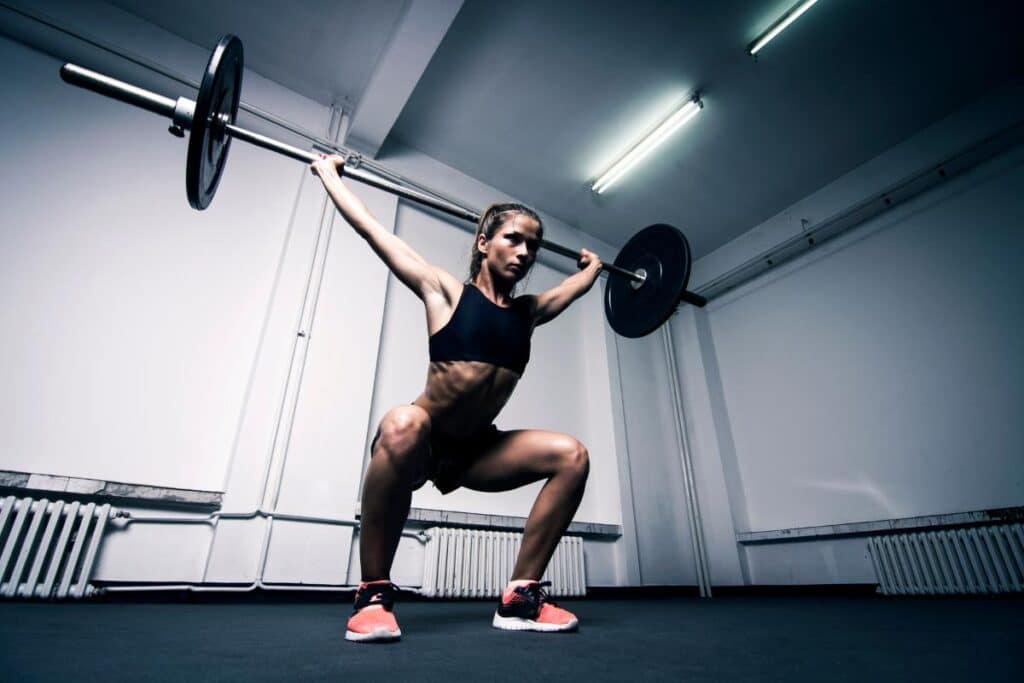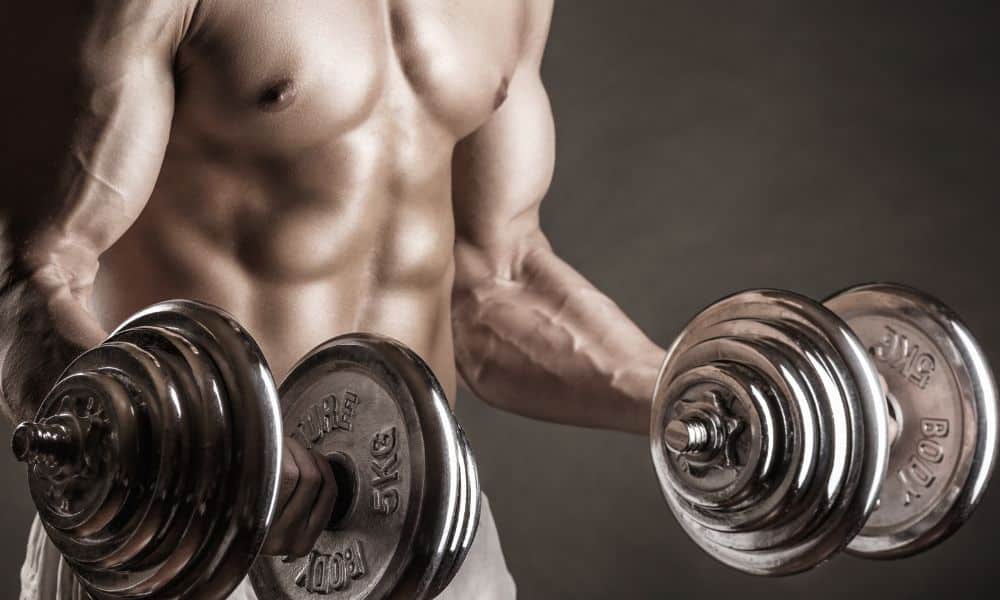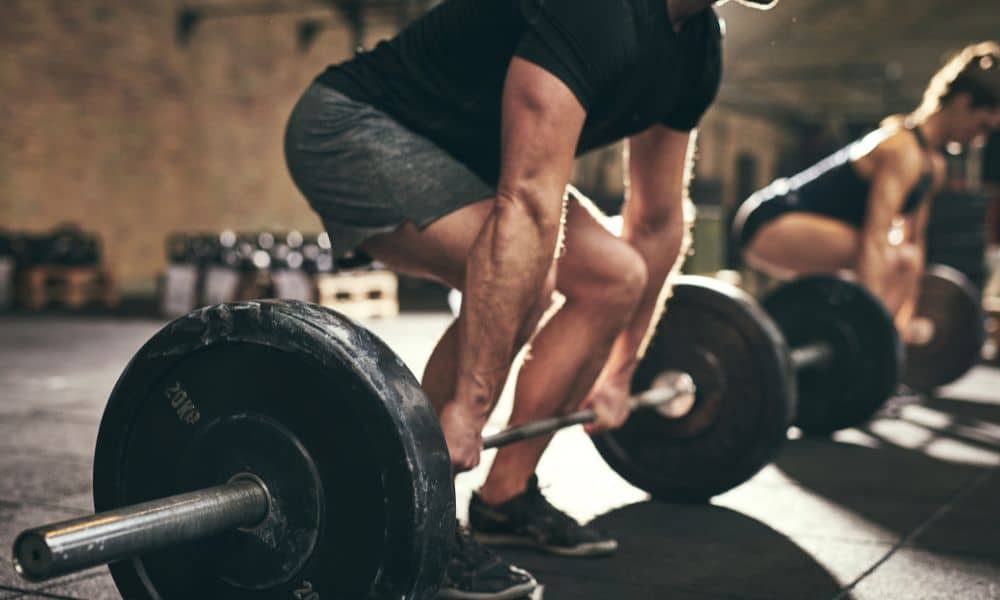Overhead squats stand out as a multifaceted exercise that challenges not only the legs but also the core, shoulders, and overall stability. For individuals looking to build muscle, this complex lift can be a game-changer, demanding a high degree of coordination and strength. This article will examine the benefits of overhead squats and how they can be incorporated effectively into a muscle-building program.
Why Overhead Squats?
Core Engagement:
Overhead squats require the lifter to stabilize a weight overhead while performing a full squat. This dual action engages the core muscles deeply, as they work overtime to maintain an upright posture and protect the spine.
Total Body Workout:
This exercise is truly full-body, targeting the shoulders, upper back, and arms as you maintain the weight overhead. Simultaneously, the lower body, including the quads, hamstrings, and glutes, is activated through the squatting motion.
Mobility and Flexibility:
Performing overhead squats regularly can enhance mobility, especially in the shoulders, hips, and ankles, while also increasing flexibility in the thoracic spine, which can benefit overall movement quality and performance in other lifts.
Technique for Overhead Squats
Getting Started:
- Use a wide grip to hold the bar overhead, locking the arms and stabilizing the shoulders.
- Position your feet just wider than shoulder-width with toes slightly turned out.
- Before descending, take a deep breath and brace your core.
The Movement:
- Begin by pushing your hips back and down while keeping the weight balanced overhead.
- Squat down as low as your mobility allows without compromising your posture or bar position.
- Keep your chest up and your eyes forward, ensuring the bar stays over the middle of your foot.
Ascending:
- Drive through your heels and extend your hips to return to a standing position, keeping the bar steady overhead throughout the movement.
Safety Tips:
- Start with a PVC pipe or an empty barbell to master the technique before adding weight.
- Ensure you have sufficient shoulder mobility to hold the bar overhead safely.
- Use bumper plates and practice in a space where you can drop the weight if necessary.
Incorporating Overhead Squats into Your Training
As a Warm-Up:
Light overhead squats can serve as an excellent warm-up to activate the muscles and joints before a heavy lifting session.
Strength and Stability Days:
Dedicate specific days to focus on strength and stability, where overhead squats can be the primary lift.
Accessory Exercise:
Use overhead squats as an accessory exercise on leg or shoulder days to complement your main lifts.
Volume and Intensity:
Given their complexity, overhead squats are often performed with lower weight and higher reps to maintain form and maximize muscle engagement.
Building Up to Overhead Squats
If you’re new to overhead squats:
- Focus on mobility exercises for the shoulders, hips, and ankles.
- Strengthen your core with planks, rollouts, and other stability exercises.
- Practice the movement with bodyweight or light loads until you’re comfortable with the form.
Conclusion
Overhead squats are a challenging yet rewarding addition to any muscle-building regimen. They test and build core strength and stability, improve mobility, and provide a rigorous total-body workout. By integrating overhead squats into your routine, you can enhance your functional strength, which translates to better performance across all lifting disciplines and everyday activities.




